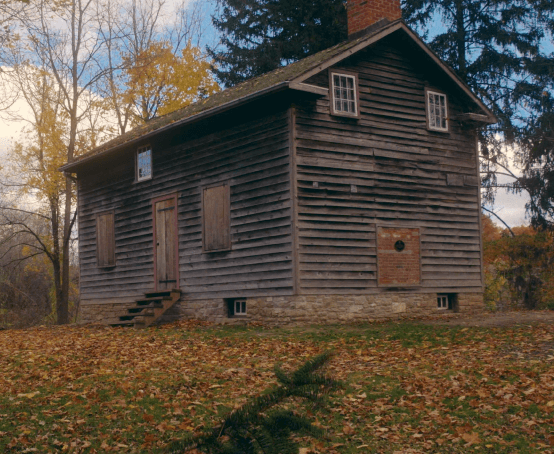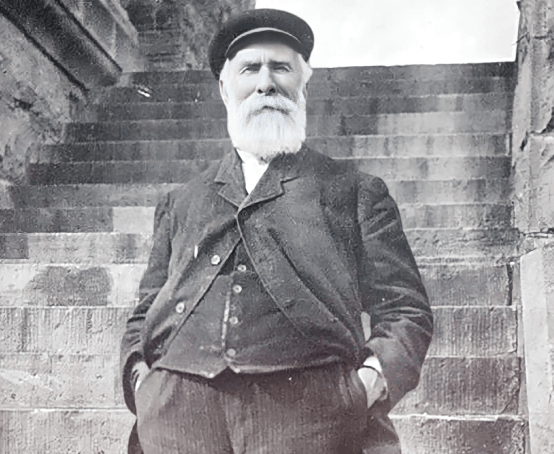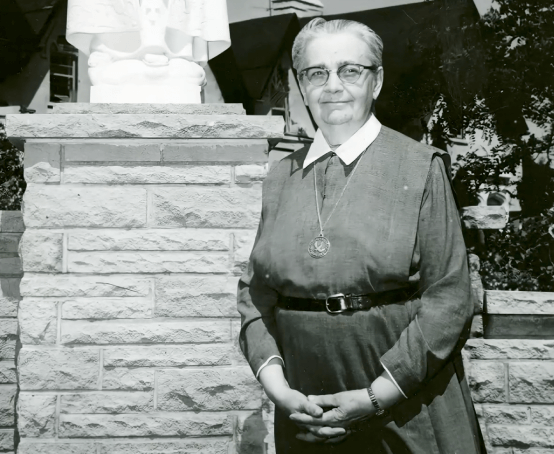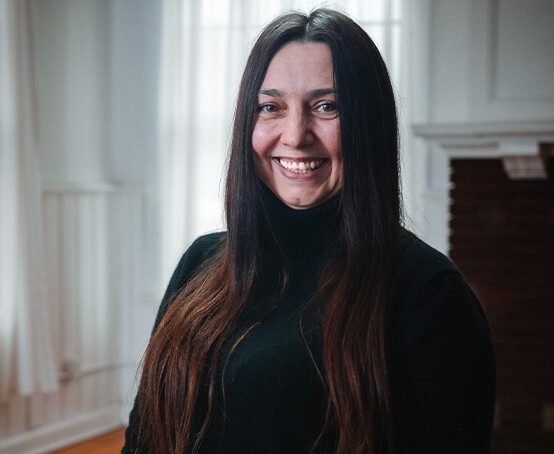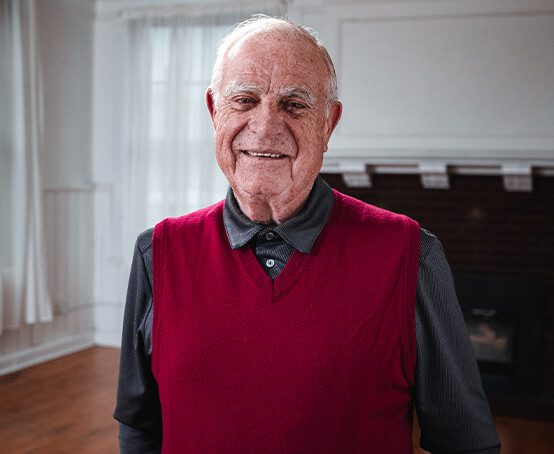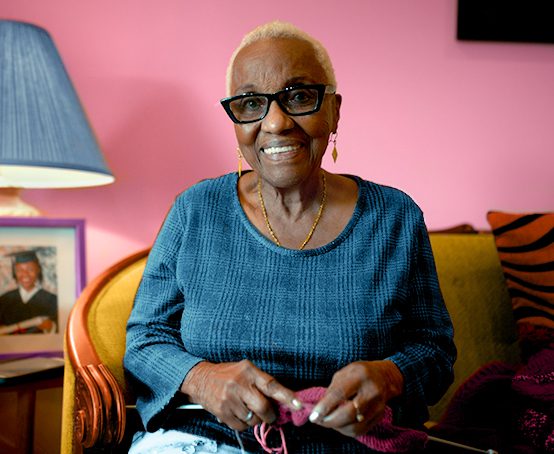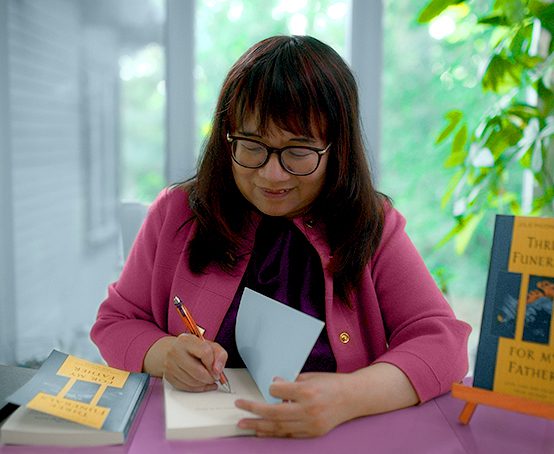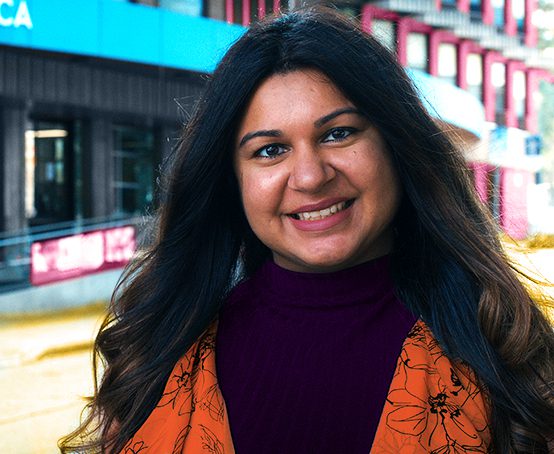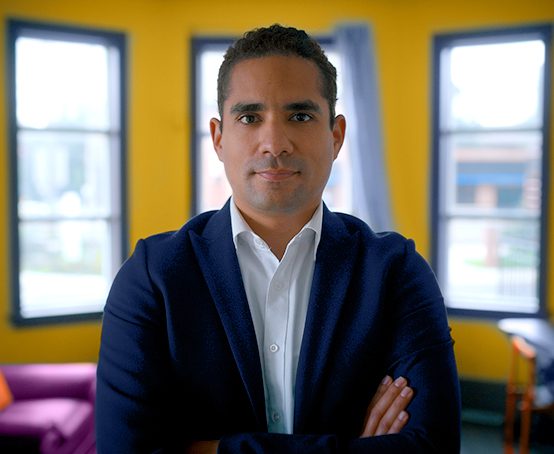Stories of Migration and Belonging
Every immigrant has a unique story to share of their migration and of finding a sense of belonging in a new place. The stories often include personal memories of both inclusion and exclusion, experiences which not only shape individuals, families and communities but the city as a whole.
This exhibition provides insight into peoples’ journeys to Hamilton through video storytelling. These stories showcase the diversity of contemporary immigration while at the same time underscoring the common humanity that binds us all.
Throughout its history, Hamilton has become home to hundreds of thousands of newcomers, displaced persons and refugees. The city we live in today is shaped by their community-building efforts.
The Head of the Lake, the area known as Hamilton today, has been the traditional territory of Indigenous Peoples for millennia. Long before the incorporation of Hamilton as a city on June 9, 1846, immigrants settled here in large numbers. In fact, at the time of the 1851 census, only 9% of Hamilton’s population was born in Canada. Most residents had come from England, Scotland, Ireland and, to a lesser extent, in the United States.
The beginnings of heavy industry in Hamilton at the turn of the 20th century acted as a driver for labour migration, diversifying the population by attracting non-English speakers from continental Europe, many of whom were labourers seeking employment in iron and steel plants.
More recently, immigrants come to Hamilton from around the world for a variety of reasons, to seek opportunities for themselves and their families, pursue education, reunite with family and even flee oppression and persecution
The Stories
Series One:
“City of Immigration: Inclusion and Exclusion”
- Wayland, S. (2020)
- In Reclaiming Hamilton: Essays from the New Ambitious City, ed. Weinberg, P., Hamilton: Wolsak and Wynn
- Find it at a library near you on WorldCat
Craft Capitalism: Craftworkers and Early Industrialization in Hamilton, Ontario, 1840-1872
- Kristofferson, R. B. (2007), Toronto: University of Toronto Press
- Find it at a library near you on WorldCat
Hamilton: An Illustrated History
- Weaver, J. C. (1982), Toronto: J. Lorimer
- Find it at a library near you on WorldCat
Land of Triumph and Tragedy: Voices of the Italian Fallen Workers
- Breda, P., & Toppan, M. (2019), Toronto: Verità
- Find it at a library near you on WorldCat
Lunch-bucket Lives: Remaking the Workers' City
- Heron, C. (2015), Toronto: Between the Lines
- Find it at a library near you on WorldCat
The Italian Presence in Hamilton: A Social History 1870-2000
- Carlson, C. E. T. (2000), Toronto: The author
- Find it at a library near you on WorldCat
Working in Steel: The Early Years in Canada, 1883-1935
- Heron, C. (2008), Toronto: McClelland and Stewart
- Find it at a library near you on WorldCat
Series Two:
Banerji, R. (2022). Time to Change Focus? A Review of Immigrant Labour Market Barriers, Outcomes and the Role of Employers in Canada. https://inclusion.ca/wp-content/uploads/2022/11/TimeToChangeFocus_ICC.pdf
Caring for Kids New to Canada. (n.d). Adaptation and Acculturation. A Guide to Health Professionals Working with Immigrant and Refugee Children and Youth. tps://kidsnewtocanada.ca/culture/adaptation
Government of Canada. (2019). IRCC Minister Transition Binder 2019: Immigrant Outcomes. https://www.canada.ca/en/immigration-refugees-citizenship/corporate/transparency/transition-binders/minister-2019/outcomes.html
Government of Canada. (January 23, 2023). Canada Meets Its Francophone Immigration Target in 2022. https://www.canada.ca/en/immigration-refugees-citizenship/news/2023/01/canada-meets-its-francophone-immigration-target-in-2022.html
Government of Canada. (n.d). Ukraine Immigration Measures: Key Figures. https://www.canada.ca/en/immigration-refugees-citizenship/services/immigrate-canada/ukraine-measures/key-figures.html
Government of Canada. (n.d.) Immigration Matters Philanthropy. https://www.canada.ca/en/immigration-refugees-citizenship/campaigns/immigration-matters/growing-canada-future/philanthropy.html
Nazish, Petrovskaya, Ol. & Salami, B. (2021). The mental health of immigrant and refugee children in Canada: A scoping review. International Health Trends and Perspectives. https://journals.library.ryerson.ca/index.php/ihtp/article/download/1467/1441/7298
Shields, J. & Lujan, O. (2018. Immigrant Youth in Canada: A Literature Review of Migrant Youth Settlement and Service Issues Knowledge Synthesis Report. https://youthrex.com/wp-content/uploads/2021/04/IWYS-Immigrant-Youth-in-Canada.pdf
Statistics Canada. (2019). Ethnicity, Language and Immigration Thematic Series Educational and labour market outcomes of children with an immigrant background by their region of origin. https://www150.statcan.gc.ca/n1/pub/89-657-x/89-657-x2019018-eng.htm
Statistics Canada. (2022a). Census 2021 Community Profiles. https://www12.statcan.gc.ca/census-recensement/2021/dp-pd/prof/details/page.cfmLANG=E&GENDERlist=1,2,3&STATISTIClist=1,4&DGUIDlist=2021A00033525&HEADERlist=2,,28,24,22,27,23,29,25,26&SearchText=hamilton)
Statistics Canada. (2022b). Immigrants make up the largest share of the population in over 150 years and continue to shape who we are as Canadians. https://www150.statcan.gc.ca/n1/daily-quotidien/221026/dq221026a-eng.htm
Statistics Canada. (2022c). Immigrants make up the largest share of the population in over 150 years and continue to shape who we are as Canadians. https://www150.statcan.gc.ca/n1/daily-quotidien/221026/dq221026a-eng.htm
Statistics Canada. (2022d). Socioeconomic outcomes of immigrants admitted to Canada as children, https://www150.statcan.gc.ca/n1/daily-quotidien/220203/dq220203b-eng.htm
Sutter, A., & Esses, V. (2021). Discrimination Experienced by Immigrants and Visible Minorities in Hamilton. Hamilton Immigration Partnership Council. https://hamiltonimmigration.ca/wp-content/uploads/HIPC-Discrimination-Experiences-Report_Revised.pdf
UNHCR. (n.d.) Global Trends. https://www.unhcr.org/globaltrends.html#:~:text=At%20the%20end%20of%202021,most%20since%20World%20War%20II
Weinberg, P. (2020). Reclaiming Hamilton: Essays from the New Ambitious City. Wolsak and Wynn.
Yang, W. (2018). Addressing Cultural Identity Confusion within Multi-Generation Chinese Canadian Families through an Educational Lens. https://openresearch.ocadu.ca/id/eprint/2288/1/MRP%202018%20by%20Yao%20WANG.pdf
This virtual exhibition launched in 2021 as part of Hamilton 175, a digital commemoration of the 175th anniversary of Hamilton’s incorporation as a city. We would like to thank the Hamilton 175 Advisory Group, Hamilton Immigration Partnership Council (HIPC) and the following individuals for their invaluable contributions to the exhibition development:
- Brydie Huffman
- Kelly Dixon
- Mohammad Araf
- Narges Hameidi
- Natasha Hernandez
- Sam Holdridge and the Hamilton Rising team
- Sarah Wayland
The exhibition team is grateful to all the participants who shared their stories of migration:
- Joyce, Jolie Phuong, Neekee, Israel, Ebun, and Fadi for series one
- Alyna, Betty, Lanciné, Len, Safaa and Yudara for series two
Thank you to the team at the Cotton Factory for providing us space to film and to the artists Vivian Rosas and Vesna Asanovic who created the Gateway mural on James St. South, which we’re displaying as part of this exhibition.
The historical immigration stories - Enerals & Pricilla Griffin, James McFarlane and the Sisters of Social Service - were made possible through the generous contributions of many individuals and organizations. Thank you to:
- Dr. Richard Douglass-Chin, Griffin House Committee
- Julia Horton, Griffin House Committee
- Aileen Duncan and the team at Stewart Memorial Church
- Pat Gallagher, Cemetery Chronicles
- Kevin Puddister and the team at Dundas Museum
- Hamilton Municipal Cemeteries
- Dominy Williams, Director, Library and Archives, Diocese of Hamilton and the team at the Bishop Farrell Library and Archives
- The Diocese of Hamilton
- The Sisters of Social Service in Canada
Thank you to all of the Hamilton Civic Museums staff who supported this initiative and to the team at Hamilton Rising and Hometown Hub for producing all of the video for the Stories of Migration and Belonging project.
